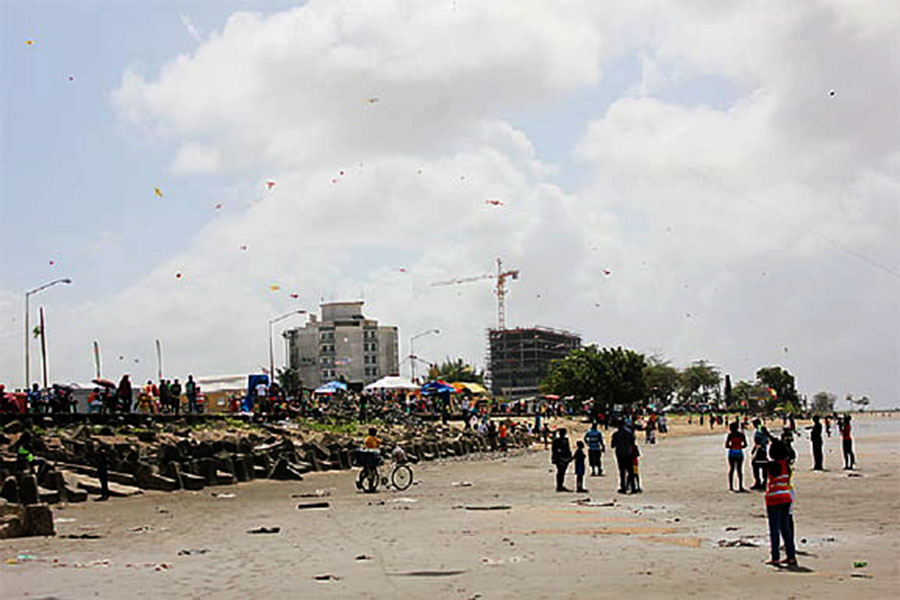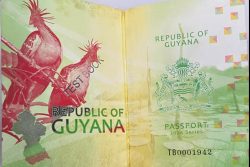Easter is a religious festival. It is, along with Christ-mas, one of the two great Christian festivals, but like many sacred or spiritual observances, it has evolved and developed since its origins, to adopt a number of other largely secular characteristics. It is also a cultural, traditional, popular and commercial calendar festival.
Despite the fact that Christmas is larger, more flamboyant, and celebrated on a much grander scale, Easter is considered the most important Christian holiday event because of its significance at the core of Christian belief. It commemorates the resurrection of Jesus Christ three days after he was crucified by the Romans. The sacrifice of his life and his triumph over death signifies the salvation of mankind. He was born on Christmas Day, sent to earth by God, and the crucifixion on Good Friday was part of a divine plan.
Easter is a calendar festival whose origins are as complex and diverse as those of Christmas. It is a calendar event because it does not fall on the same date each year according to the Julian Calendar, but is observed somewhere between March 23 and April 24, and is fixed by the lunar cycle and the time of the Jewish Passover. It is part of a cycle of events which begin on Ash Wednesday, 40 days before the festival. That is the beginning of Lent – a period of fasting, and asceticism, corresponding to the 40 days that Jesus spent in isolation in preparation for Good Friday. Immediately preceding this period is Carnival, which ends on Shrove Tuesday, the day before Ash Wednesday, and is the last day of festivity and indulgence before many of the associated excesses are given up for Lent.
Easter is believed to have originated in the second century AD, in the Roman Catholic Church, incorporating a number of other practices which preceded it. It developed in the Anglo Saxon period, but was designed to mark the events of the year 30 BC when Jesus of Nazareth was arrested by the Romans and sentenced to death because he was seen as a threat to stability in the Roman Empire. The name Easter is believed to have derived from the word for the Passover, from Latin and Greek, but most sources cite its adoption of the Anglo-Saxon (Old English) name Eostre.
After the Lenten period, the actual celebrations begin in the week leading up to the Resurrection, known as Holy Week. It starts on Palm Sunday, the day Christ arrived in Jerusalem and was welcomed by the people who laid palm leaves on the road in his path. The next significant day is Holy Thursday, or Maundy Thursday, which is a Feast Day (Feast of the Passover) followed by Good Friday, the day of the crucifixion. After that is Holy Saturday and then the grand celebration on Sunday, called Resurrection Day, Easter Sunday or simply, Easter. In most western countries the following day, Easter Monday, is a holiday.
Good Friday, even to multitudes of non-Christians, is considered hallowed, and no festivity or entertainments are held on that day. It is a public holiday on which practically all businesses, restaurants, clubs or public places are closed. Yet Easter time is known, particularly around the Caribbean, as a high season for entertainment.
Most religious festivals evolve over the years, including elements of cultural change, to become other types of events, without relinquishing their spiritual significance. Easter is no different. It progressed from and accumulated traditions over the years. Certain cultures grew around it and it absorbed others peculiar to the various countries where it is observed.
These are demonstrated through the use of literature, symbolism, spectacle, drama, sometimes music and dance, over and above the sacred rituals and worship. While most of the spiritual rituals are done privately, at home or in places of worship, other manifestations are mostly public outreach. They employ means of observing the sacred beliefs in exclusive environments, but branch out into showing the principles of the religious faith to the public at large.
For example, food is a part of culture and there are things that are traditionally eaten at Easter, some of which have become a part of custom. In Jamaica, there is an age-old tradition of eating bun and cheese. Bakeries prepare a special spiced up variety of the Jamaican bun. Usually on Good Friday there is fasting or abstinence from meat; this might account for the popular hot cross buns that take their name from the fact that they are often baked with a cross imprinted at the top. This is part of the symbolism associated with the festival, because of the cross on which Jesus was executed. The word crucify derives from the word for cross, and the sign or image of the cross has ever since become a symbol of Christianity. Roman Catholics make the sign of the cross to bless themselves and to invoke the saving name of Jesus.
Mythology surrounds other symbols such as the Easter bunny, and the colourful Easter egg, which can be the actual thing or a chocolate/candy variation. Guyana is known for the popular pastime of flying kites, especially on Easter Monday. This is often referred to as a symbolic allusion to the risen Christ – the resurrection.
As a commercial festival, Easter is also a time for carnivals and parties, greeting cards and other trivia.
With regard to drama, the Roman Catholic Church engineered the rebirth of theatre around the tenth century in order to teach a largely illiterate congregation about Christianity. Prominent in the drama created by the priests were passion plays; at first liturgical, then fuller plays depicting the crucifixion.
Since then theatrical acts have developed in the church, such as the street procession during Holy Week, in which a cross is carried through the streets by an actor followed by celebrants including priests. Wilson Harris’ novel Companions of the Day and Night is based on a Mexican theatrical tradition, a street procession that assimilates what is known as “the passion of Christ”.
In Trinidad and Tobago there was the tradition of “beating the bobolee” or “the Good Friday Bobolee”, which has declined. It is a theatrical act derived from the symbolic beating of Judas who betrayed Christ. An effigy made of straw, old cloth, and other stuffings and dressed up in old clothes is mounted at the side of the street and anyone passing can join in the fun of beating it with sticks, bats and whatever else on Good Friday. The original bobolees were images of Judas, but developed to be images of unpopular politicians and public personalities.










